A Birder’s Guide to Boston University
American goldfinch. Video via iStock/pascalmarchand
A Birder’s Guide to Boston University
Believe it or not, more than 100 bird species visit BU’s urban campuses—whether you’re a beginning bird-watcher or an expert in ornithology, there’s lots to see
Concrete. Asphalt. Brick. The city is not a natural habitat for wildlife, yet birds of all shapes, sizes, and colors can be found in Boston. In fact, more than 100 bird species visit Boston University’s campuses throughout the year. They’re “the last of the truly wild species around us. The last of the great migrations,” says Andrew King, a professor at the Questrom School of Business and an avid birder. And, he says, “urban areas can sometimes be better than rural ones.” If you look closely, BU’s campuses—Charles River, Fenway, and Medical—are home to an incredible array of birds.
In recent years, peregrine falcons have nested on dorms, red-tailed hawks got cozy atop the School of Law, and wild turkeys have roamed the streets. The waterways that form natural boundaries for the Charles River and Fenway Campuses provide an ideal habitat for waterfowl and migratory songbirds.
[Birds are] the last of the truly wild species around us. The last of the great migrations.
Birding as a hobby has exploded in popularity in recent years—a trend widely attributed to pandemic-forced social distancing and more people working from home. People took notice of the rhythms of the environment around their homes and sought the safety of natural outdoor spaces. Audubon, the National Audubon Society’s magazine, reported that sales of birdseed skyrocketed in the first half of 2020. The Global Big Day, an international birding event held each May, has set participation records four years in a row. BU students, staff, faculty, and alumni have found their own ways to appreciate the wilderness around them.
- Stan Sclaroff, dean of Arts & Sciences, began taking daily walks on the Charles River Esplanade during the pandemic. He often invites colleagues to join him. The birds, he says, “are truly a source of wonderment and help us to pause, focus, and marvel at the natural world that’s right here, near campus.” He recalls watching immature bald eagles and hawks feeding on the river.
- Samantha Casey (CAS’21, SSW’25) finds beauty in one of BU’s most visible species, the common pigeon, and manages a pigeon appreciation Instagram account.
- Randy Ellis, a professor of economics at the College of Arts & Sciences, created a winter bird bingo card as a pandemic diversion for family and faculty friends.
- Fred Wasserman, an associate professor of biology at CAS, challenged his ornithology students to identify 10 bird species on campus by sound, using the Merlin Bird ID app.
- Chuck Hagner (CAS’82, COM’82), the former editor of BirdWatching magazine and director of the nonprofit Bird City Wisconsin, teaches birding classes in the Milwaukee area.
- School of Public Health colleagues Anita DeStefano, a professor of biostatistics, and Amparo Ortiz, assistant director of academic partnership, led Celebrate Urban Birds, a summer program for children at Boston’s Blackstone Community Center, for four years.
Those are just a few of the creative ways the BU community appreciates Boston’s birds. Since 2000, birders on the eBird app have reported 145 bird species on BU campuses, from the common (Canada geese and pigeons) to the rare (Wilson’s warbler and yellow-billed cuckoo), reflecting remarkable biodiversity across the University.
BU Today asked avid BU birders to share tips on when, where, and how to start birding on campus.
Charles River Campus
The northern edge of BU’s largest campus is defined by its namesake river, which flows past dorms, fields, schools, and the BU Beach. Explore the Esplanade along the Charles River and watch for Canada geese, double-crested cormorants, red-breasted mergansers, and mallards—after all, this is where the stars of Make Way for Ducklings first settled. Herring gulls wander upriver from Boston Harbor and red-tailed hawks often soar overhead. Inland, the most visible wildlife might be pigeons cooing from Comm Ave rooftops, but look a little closer and you may notice some surprising visitors. Find a green space and watch for movement or flashes of color in the trees and bushes. James Johnson, a professor and chair of history at CAS, reports seeing a tree near Kenmore Square filled with cedar waxwings one winter and an irruption of robins on Bay State Road one spring.
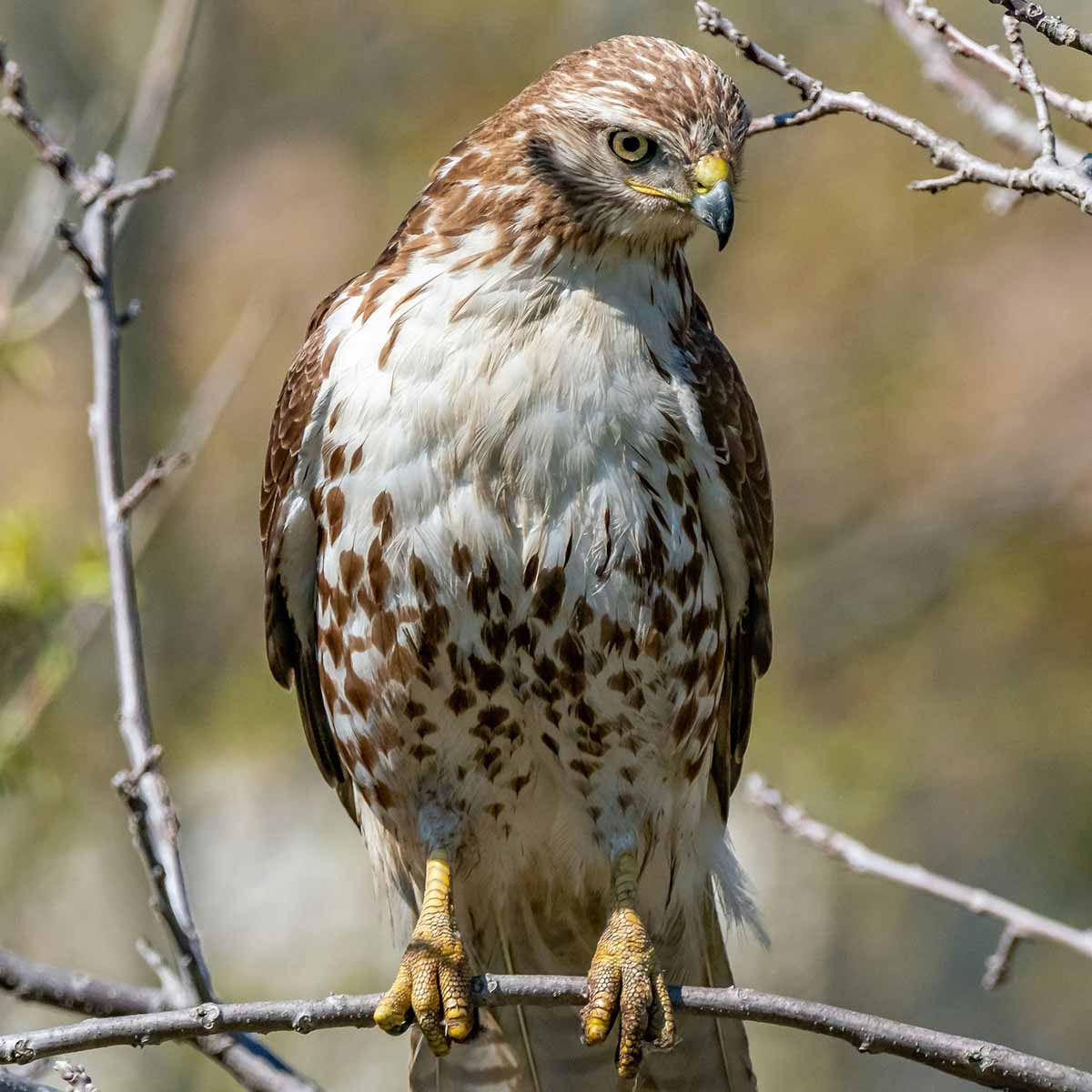
Red-Tailed Hawk
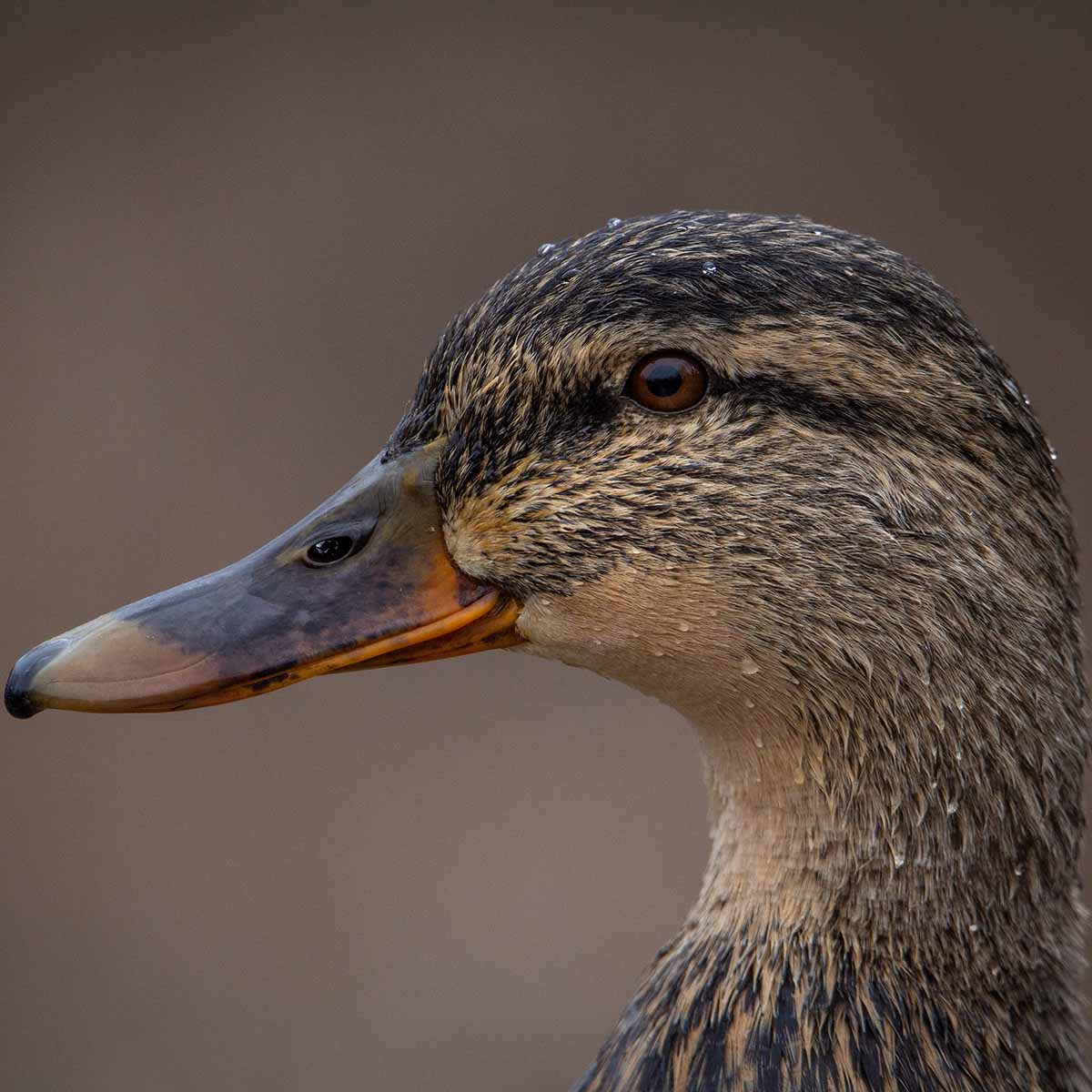
Mallard
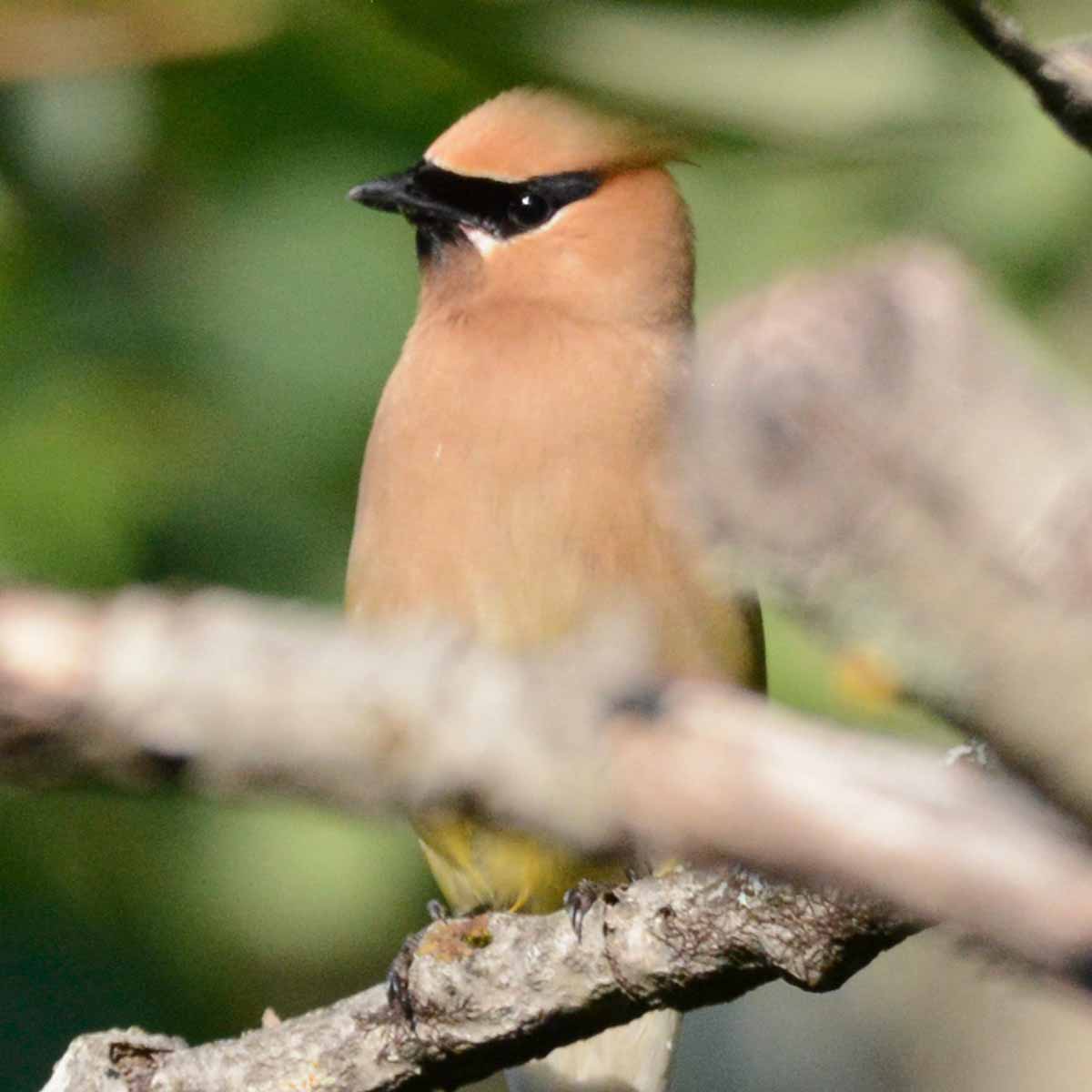
Cedar Waxwing
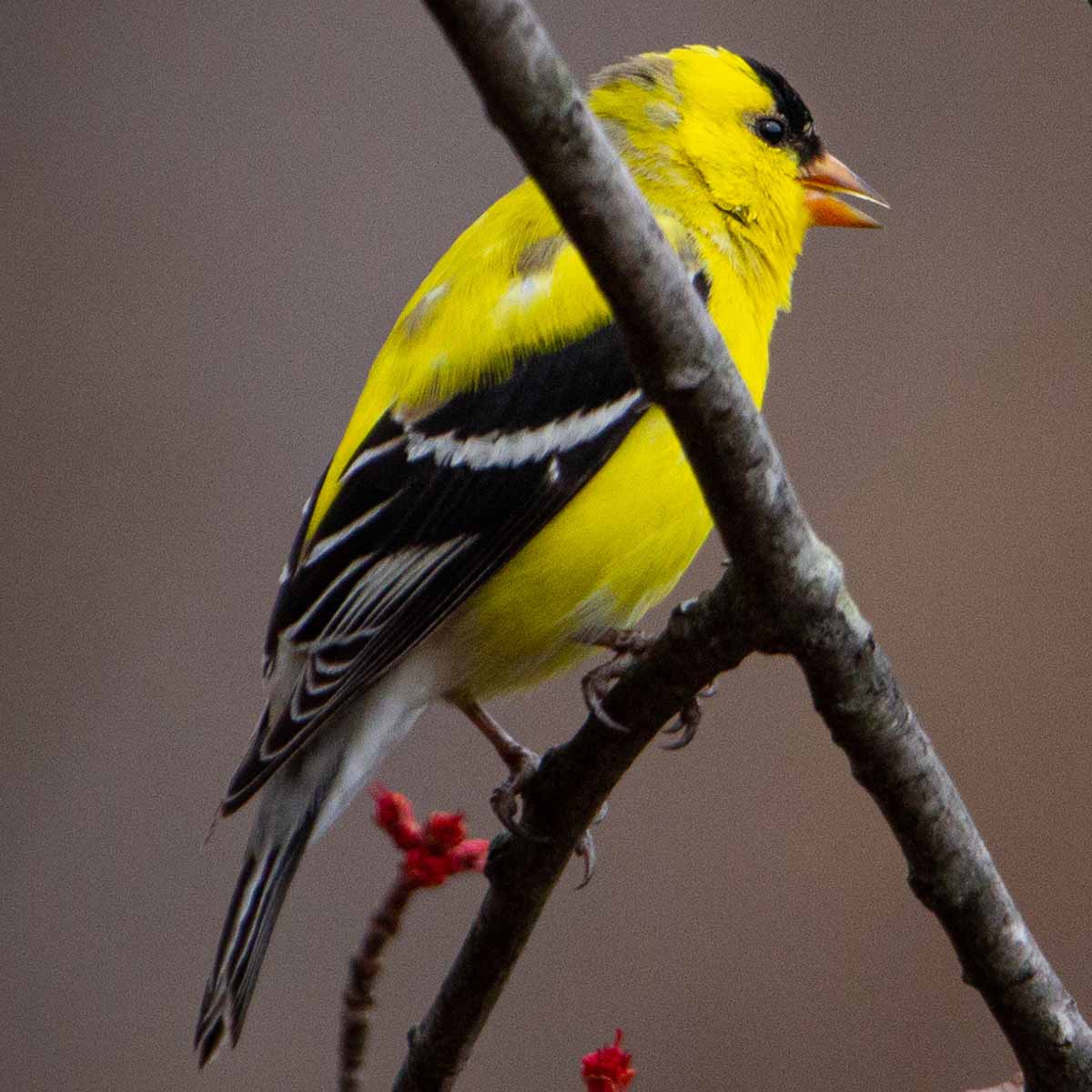
American Goldfinch
Also Look For:
Common: Canada goose, house sparrow, song sparrow, herring gull, American robin, blue jay, double-crested cormorant, common pigeon, common starling
Uncommon: red-breasted merganser, northern mockingbird, peregrine falcon, tufted titmouse, common grackle, mute swan, great blue heron, black-capped chickadee, common turkey, house finch, northern cardinal
Rare: American bald eagle, Cooper’s hawk, red-throated diver, hermit thrush, eastern kingbird, red-winged blackbird, American black duck, osprey, dark-eyed junco, warbling vireo, catbird, white-breasted nuthatch, golden crowned kinglet
This data was obtained from the eBird Observational Dataset on GBIF.org and represents a partial list of the 78 species reported from 2000–2023.
Fenway Campus
Boston’s Riverway, a narrow 34-acre park that follows the Muddy River as it flows from Dorchester to Back Bay, is one of the city’s premier birding locations, and BU’s Fenway Campus borders one of its northernmost stretches. Waterfowl—including mallards, American black ducks, and delightfully colored wood ducks—feed in the water. Watch for great blue herons and black-crowned night herons lurking in the shallows and listen for the drumming of downy, hairy, and red-bellied woodpeckers in the trees. The beginning of May, early in the morning, is perhaps the best time to visit the area because of the migratory birds passing through. Your patience could be rewarded with the sighting of a bright orange Baltimore oriole, the song of a warbling vireo, or any of dozens of tiny, colorful species stopping for a rest on their way north.
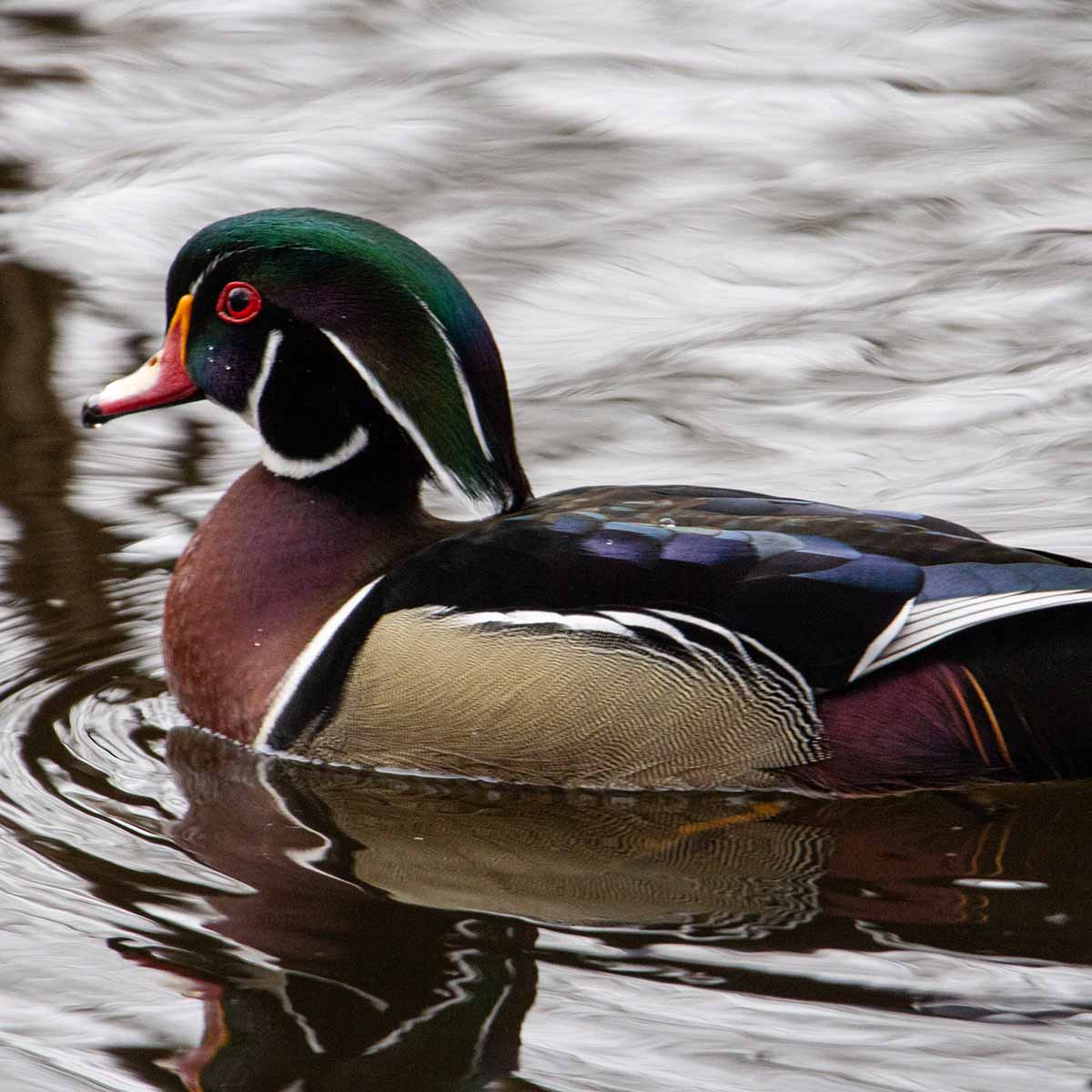
Wood Duck
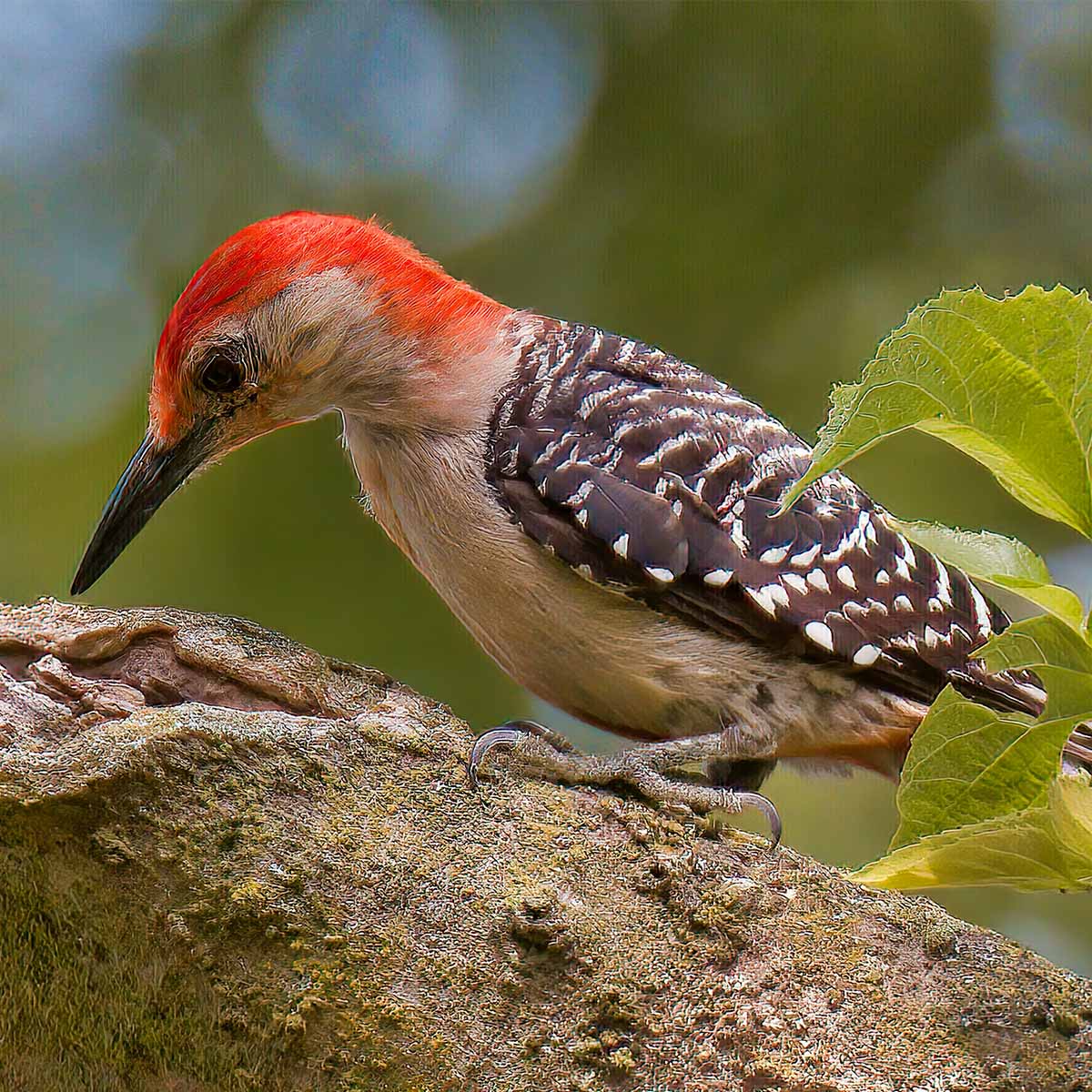
Red-Bellied Woodpecker
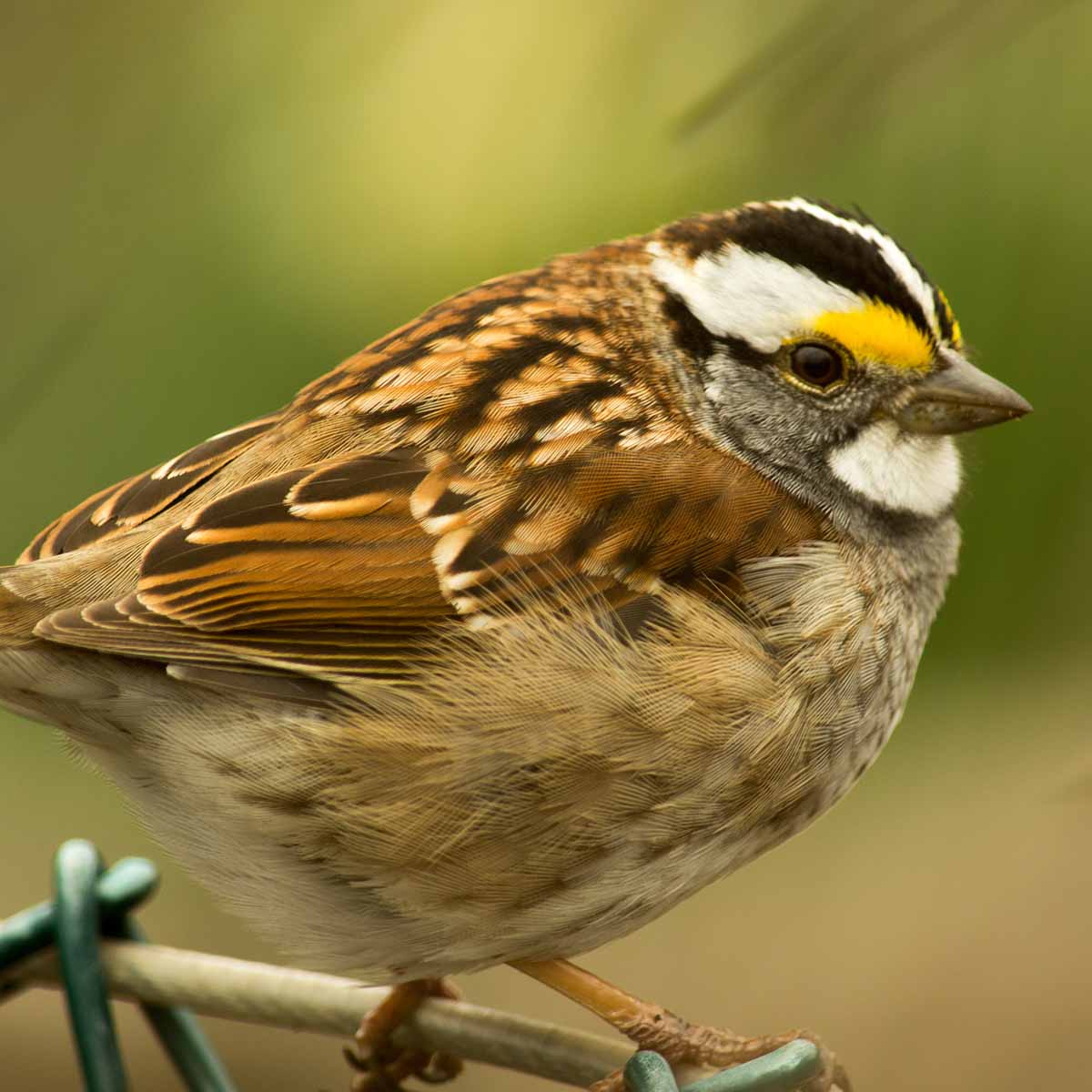
White-Throated Sparrow
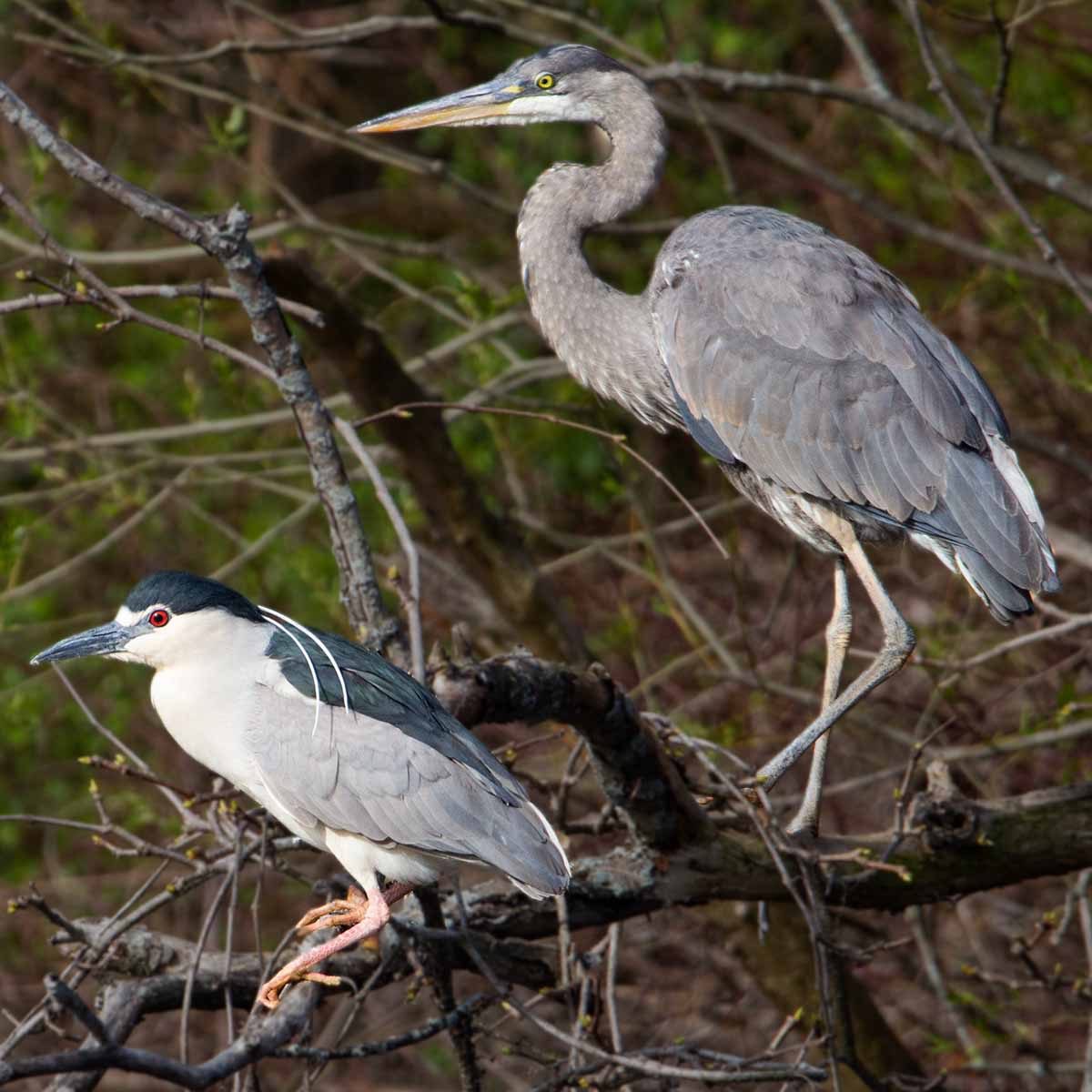
Black-Crowned Night Heron (L) & Great Blue Heron
Also Look For
Common: mallard, black-capped chickadee, common grackle, northern cardinal, red-winged blackbird, tufted titmouse, downy woodpecker, mourning dove, American black duck, hooded merganser, white-breasted nuthatch, American goldfinch, ring-necked duck
Uncommon: catbird, common teal, Baltimore oriole, warbling vireo, northern flicker, northern shoveler, northern parula, northern pintail, yellow-rumped warbler, American crow, American redstart, cedar waxwing
Rare: yellow warbler, black-and-white warbler, Cooper’s hawk, black-throated blue warbler, common yellowthroat, blackpoll warbler, belted kingfisher, northern waterthrush, magnolia warbler, red-eyed vireo, ruby-crowned kinglet
This data was obtained from the eBird Observational Dataset on GBIF.org and represents a partial list of the 136 species reported from 2000–2023.
Medical Campus
Though landlocked and bordered by the busy Melnea Cass Boulevard and Interstate 93, BU’s Medical Campus still attracts a surprising variety of feathered friends. Raptors and seabirds fly overhead and smaller birds stop to eat and rest on the campus’ green spaces. “I’m always birding as I walk around,” says SPH’s DeStefano. She’s seen a fox sparrow and an ovenbird on those walks, and once spotted peregrine falcons nesting on BU’s Solomon Carter Fuller building. DeStefano recommends the campus’ Talbot Green, Franklin Square, and Blackstone Square for birding.
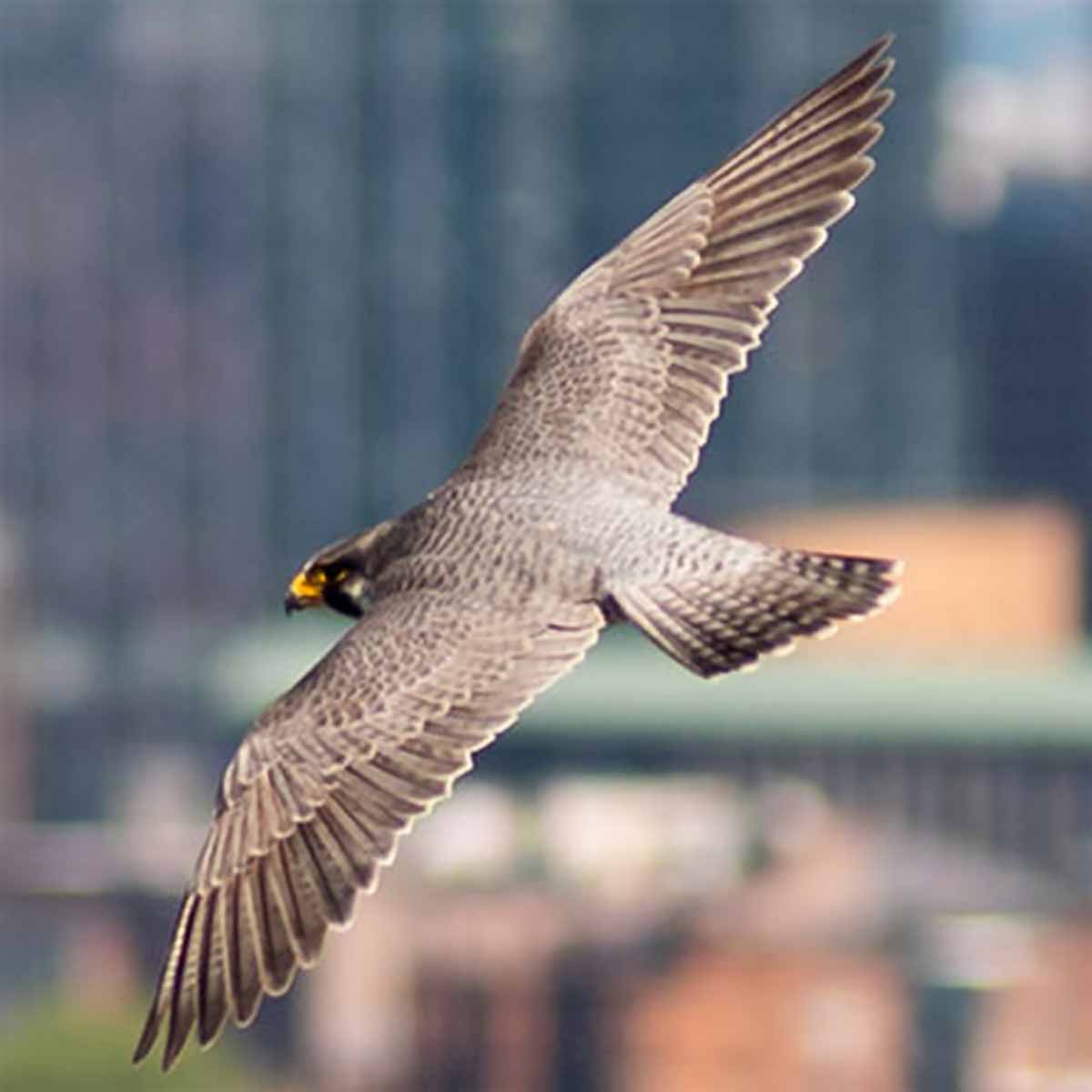
Peregrine Falcon
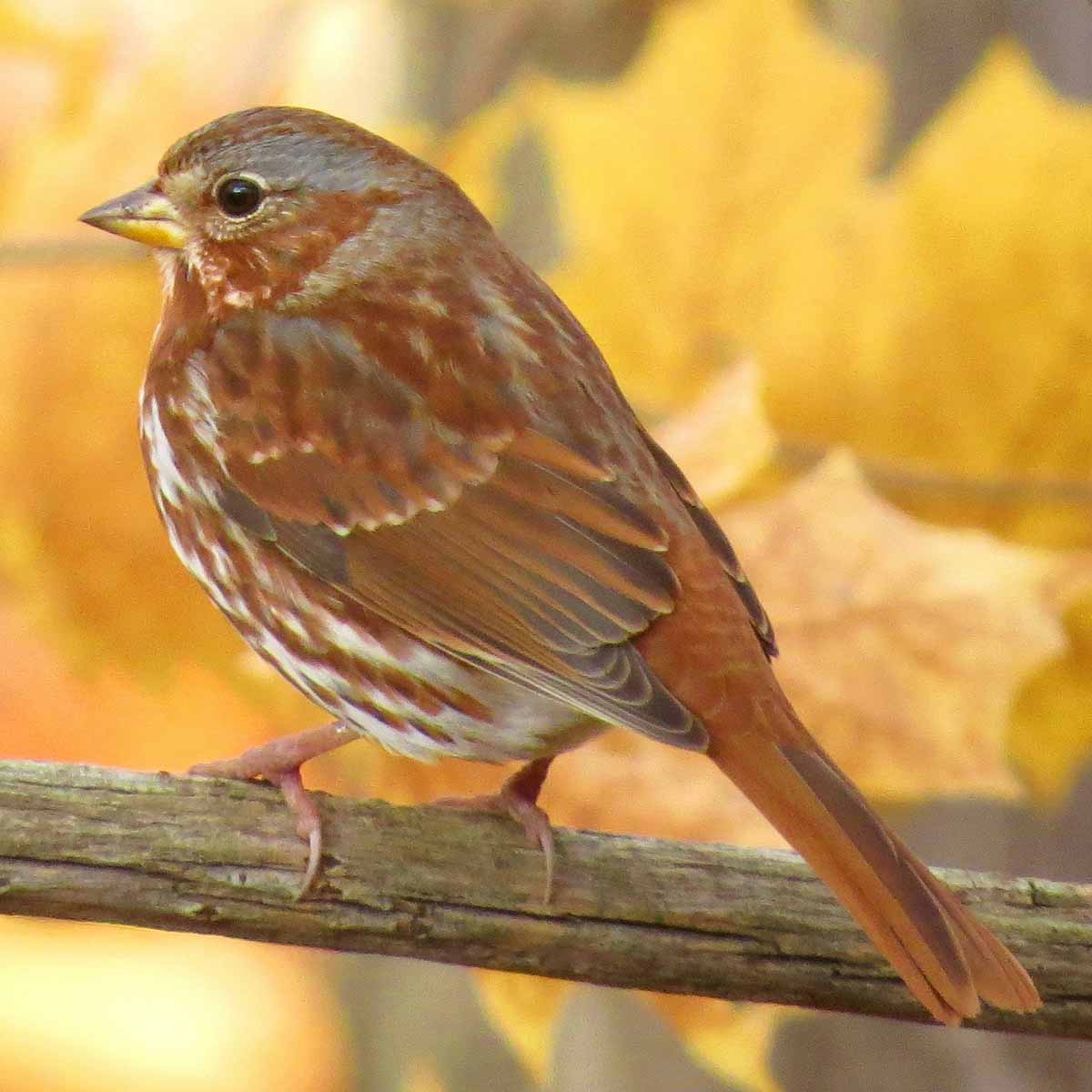
Fox Sparrow
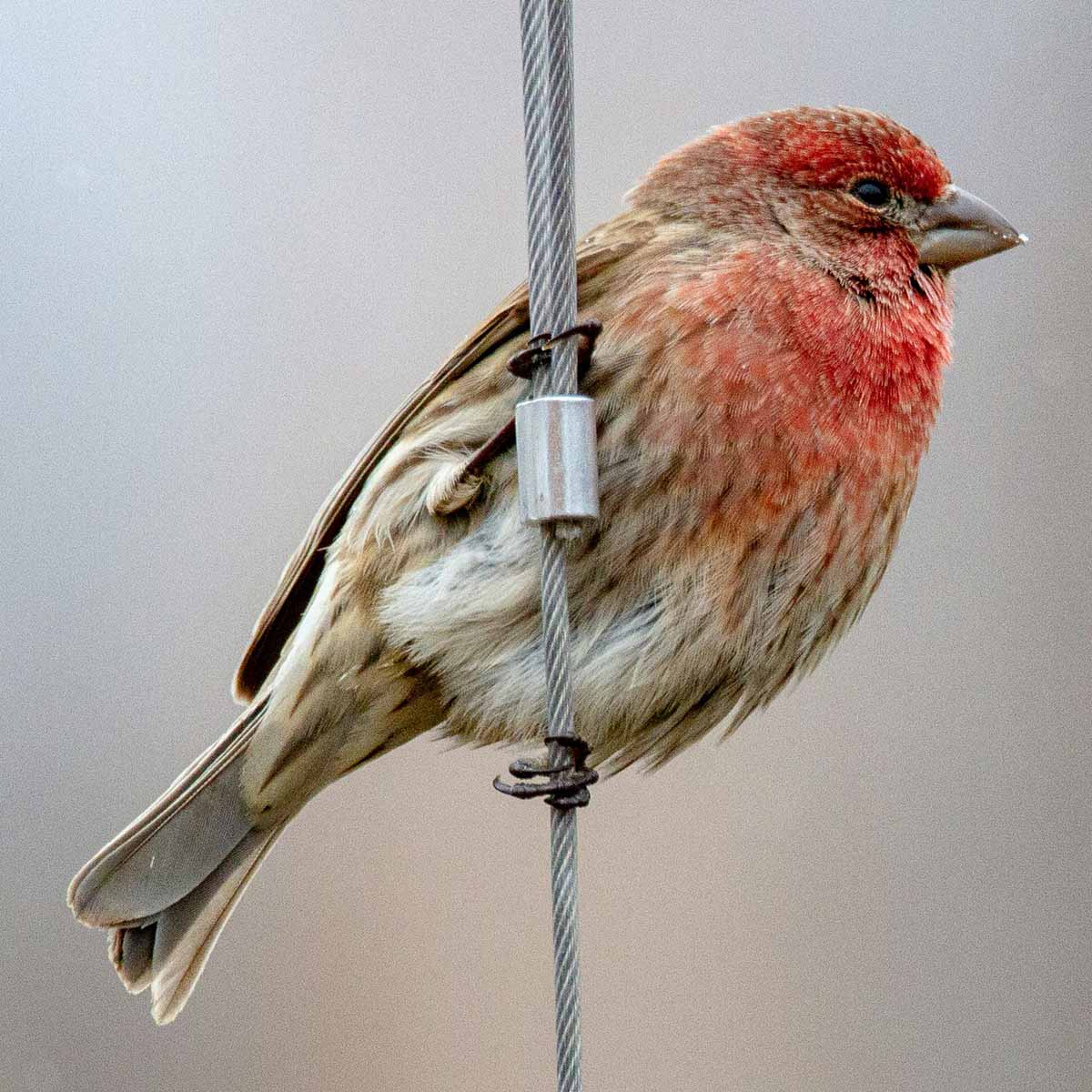
House Finch
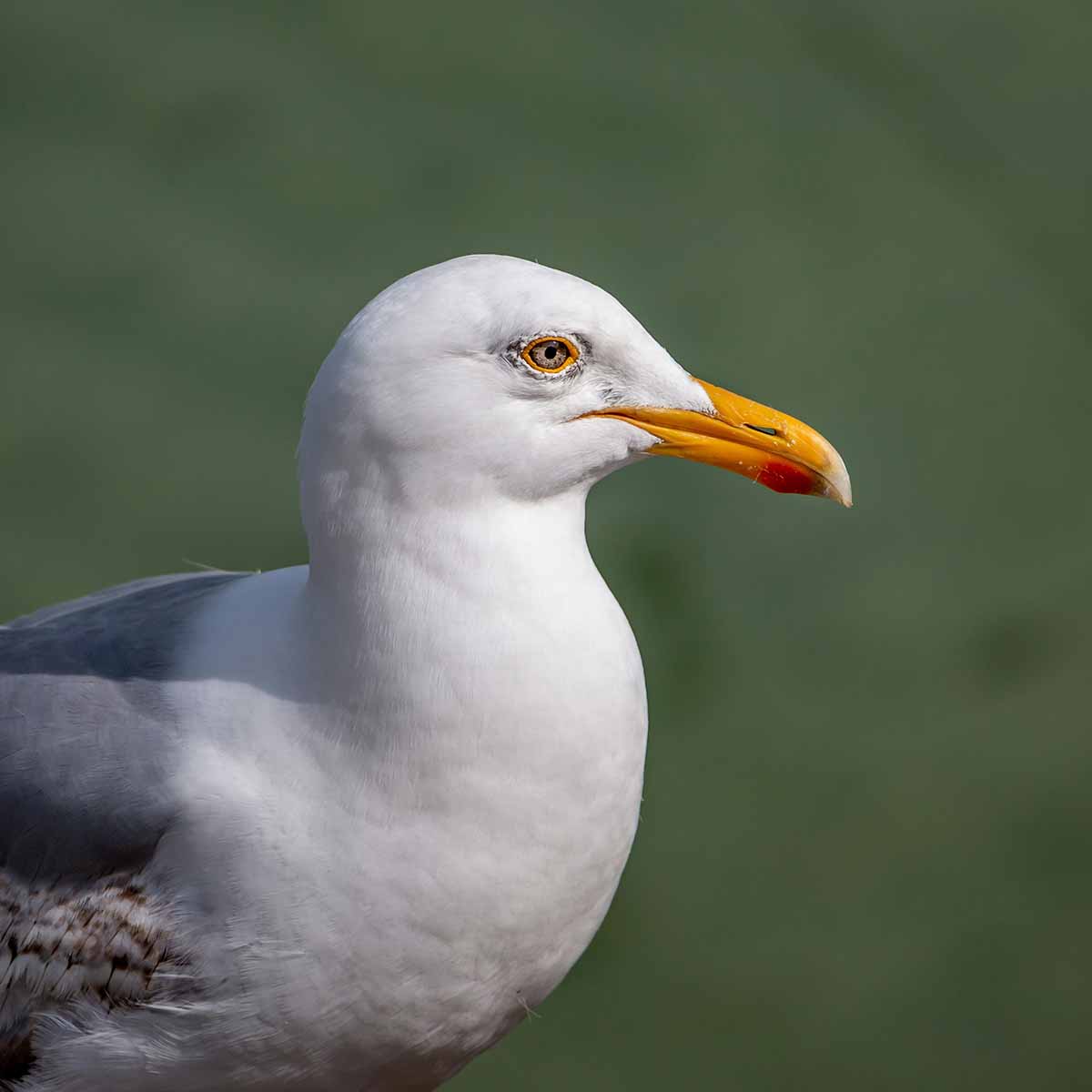
Herring Gull
Also Look For
Common: common pigeon, common starling, house sparrow, American robin, American crow
Uncommon: northern mockingbird, American goldfinch, common raven, great black-backed gull, eastern towhee, mourning dove, song sparrow
Rare: hermit thrush, gray catbird, northern cardinal, chipping sparrow, brown-headed cowbird, black-throated blue warbler, yellow-rumped warbler, rose-breasted grosbeak
This data was obtained from the eBird Observational Dataset on GBIF.org and represents a partial list of the 32 species reported from 2000–2023.
Off Campus
A short walk or T ride from BU’s campuses opens up all new birding opportunities. Here are some favorites recommended by members of the BU community.
Brookline
Hall’s Pond and Amory Woods
This five-acre pond and forest parcel is located just off Beacon Street, about halfway between BU’s Charles River and Fenway Campuses. Watch for great blue herons and black-crowned night herons along the edges of the pond and smaller birds in nearby trees. Emma Parker (CAS’25) recalls spotting a black-and-white warbler here last spring.
Boston
Chestnut Hill Reservoir
This reservoir, easily accessed on the B and C Branches of the Green Line, is a popular stopover for migrating waterfowl. Pack binoculars and enjoy the clear sight lines across the water from the 1.5-mile loop path. Watch for geese, cormorants, loons, and a range of ducks. Venture into the woods along the reservoir’s northern shore to look for songbirds.
Cambridge
Mount Auburn Cemetery
Thousands of trees and shrubs fill this 175-acre cemetery, making it a common resting spot for migratory birds—including the brilliant scarlet tanager and Baltimore oriole—and a popular destination for birders. Questrom’s King has a piece of advice for navigating the maze of winding roads: follow the other birders. “If they are clustered around a tree and pointing, there is something unusual there,” he says. You can reach the cemetery via the MBTA’s 71 and 73 buses.
Boston
Arnold Arboretum
With 271 acres and more than 2,000 different plant species, Arnold Arboretum is another popular spot for birds. Bring a printout of the meticulous checklist of 188 species identified here in the past century and visit the Hunnewell Visitor Center to see a list of recent sightings. Take the Orange Line to Forest Hills or the 35, 38, 39, or 51 MBTA bus to visit the arboretum.
Boston
Boston Harbor Islands
Getting out to the islands requires some work—you’ll need to purchase a ferry ticket—but it’s a great way to see something new. Seabirds, rarely seen inland, frequent the islands, including plovers, sandpipers, cormorants, and gulls.
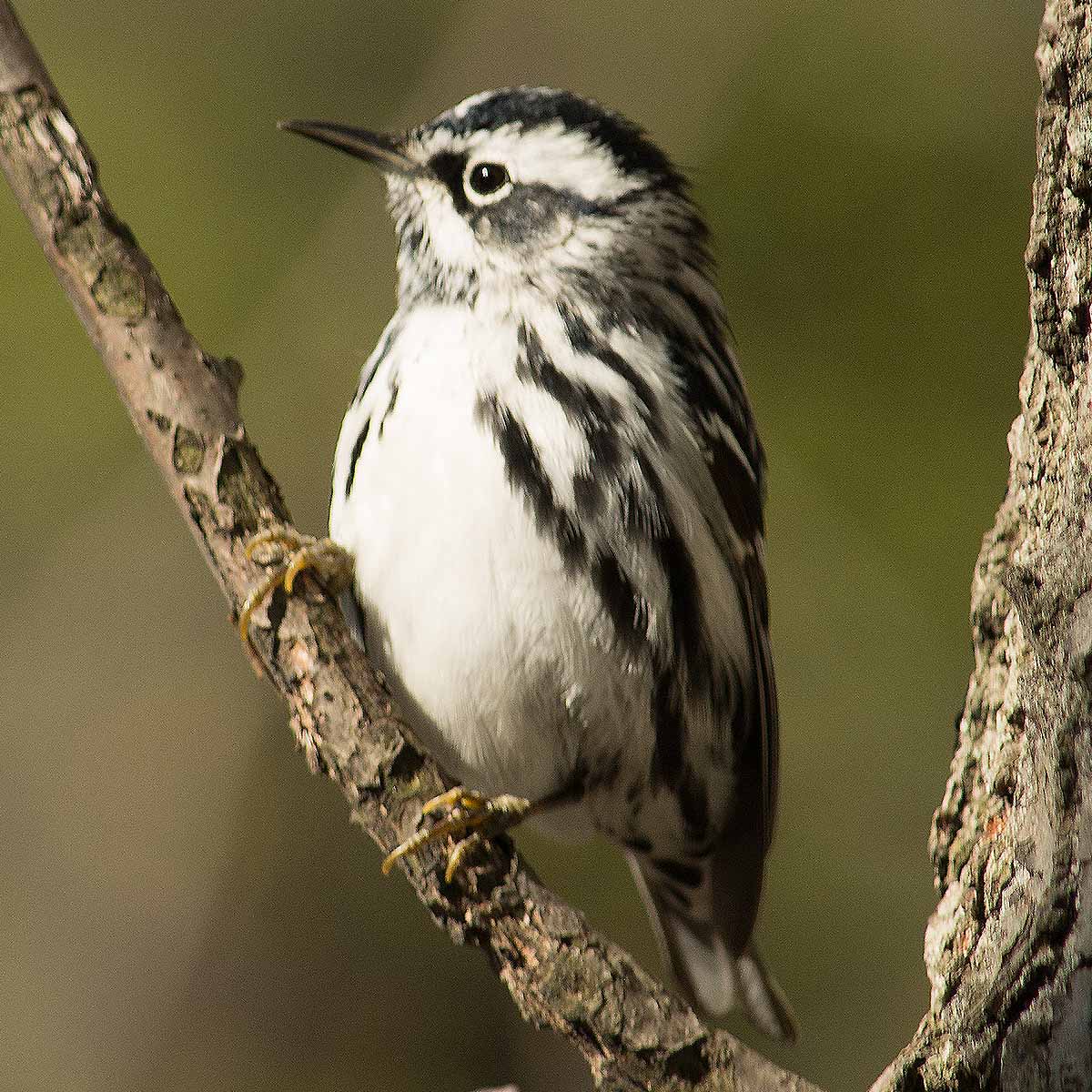
Black & White Warbler
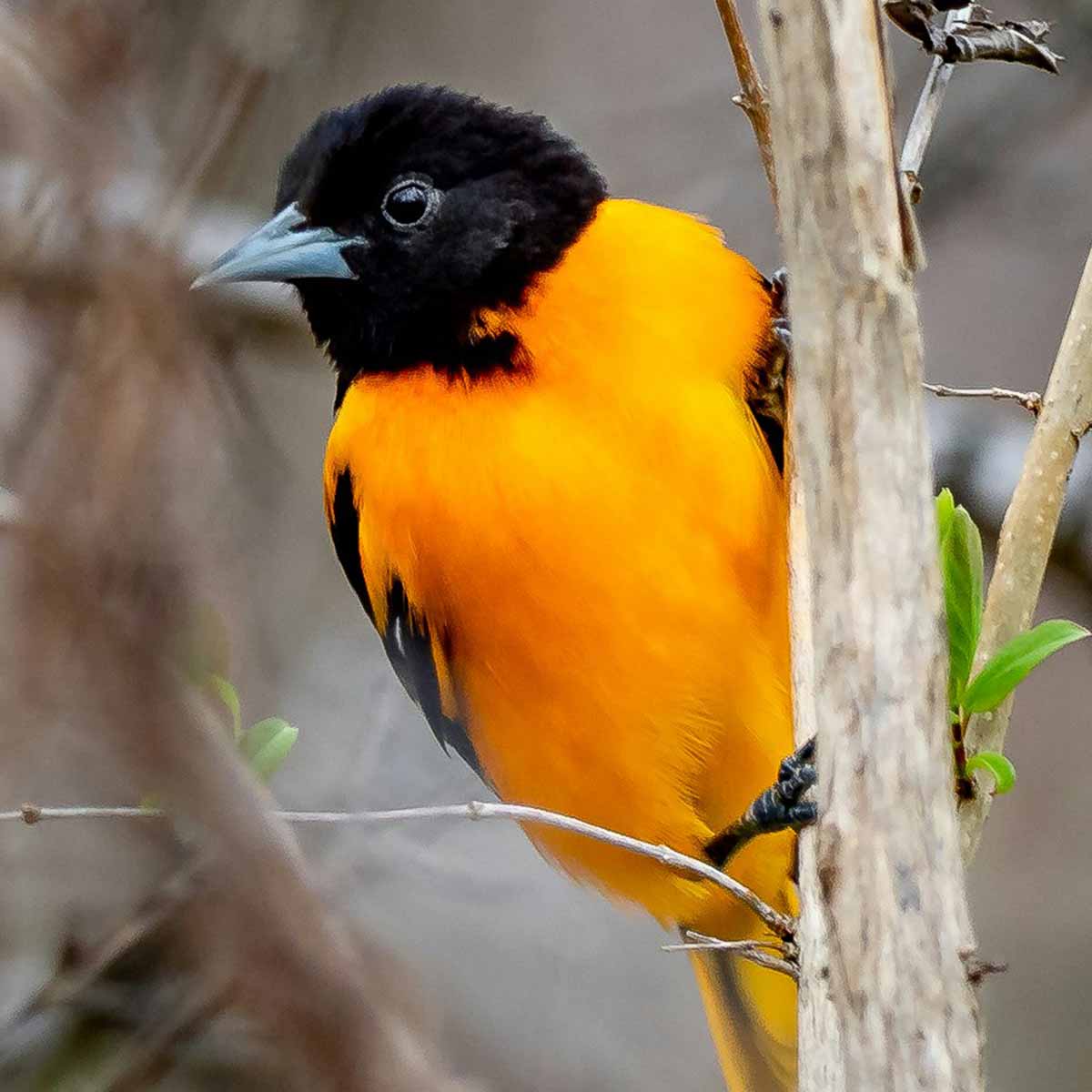
Baltimore Oriole
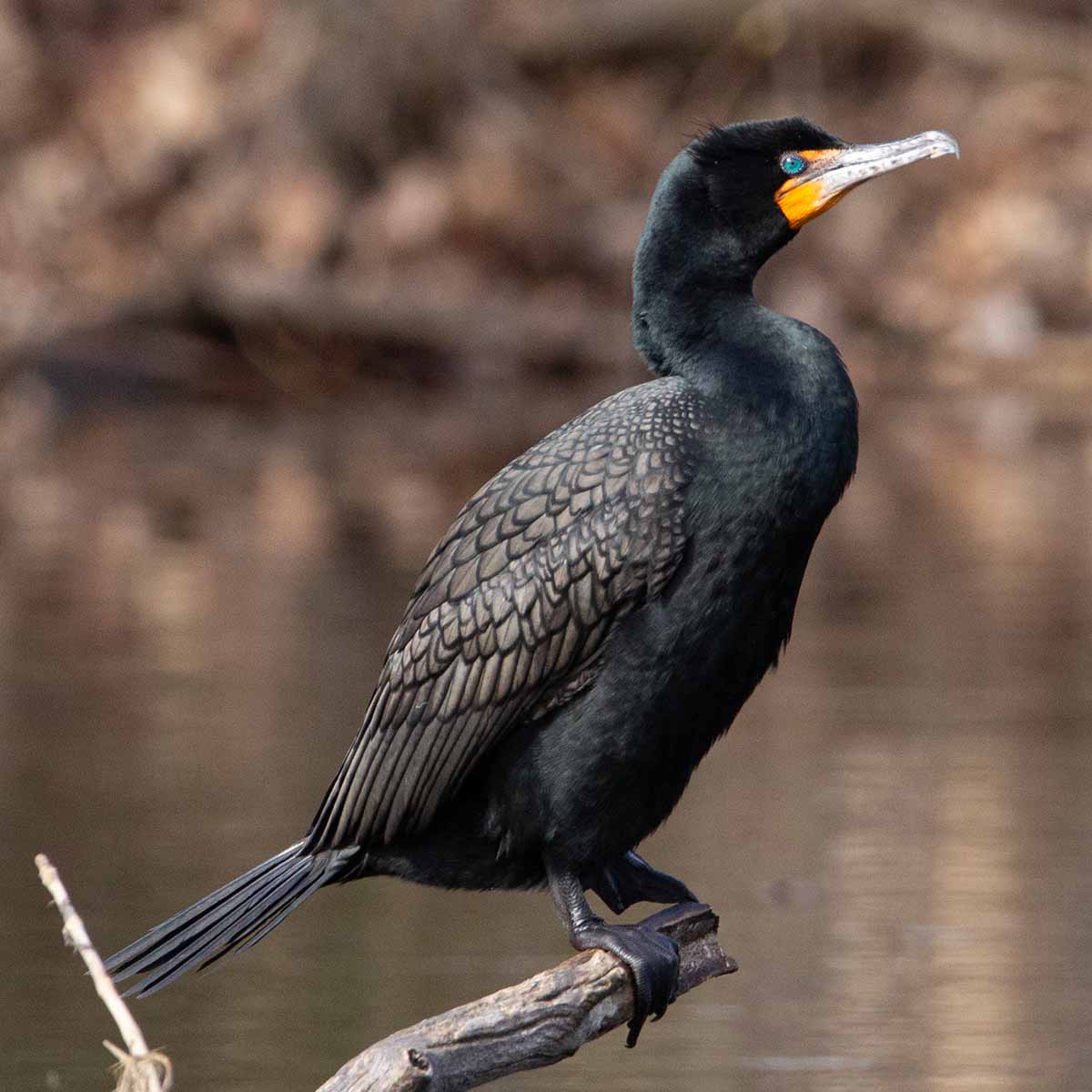
Double-Crested Cormorant
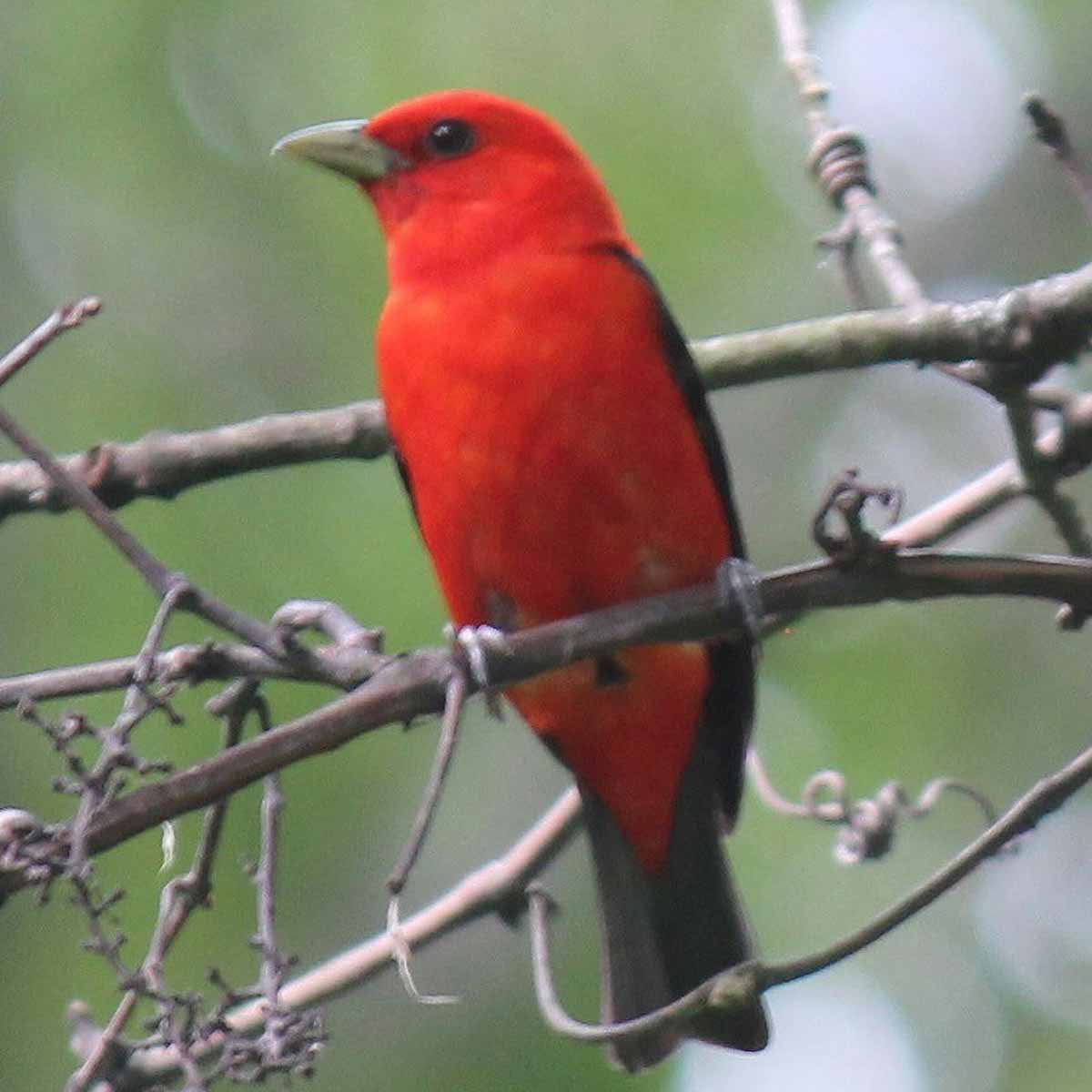
Scarlet Tanager
Tips for Urban Birding
The Boston area offers excellent birding year-round, with peaks during the spring and fall migrations. No gear is required, but a pair of binoculars—even a cheap pair will help—and a birding app on your phone will make it easier to identify what you’re seeing. Finding birds can be a challenge for even seasoned birders—so we asked BU experts for a few tips to get you started. Wherever you end up, respect birds’ habitats by maintaining your distance and avoiding loud noises that might startle them.
- Go Often
“Be quiet. Be patient. Go watching regularly.”
—Stan Sclaroff - Go Early
“Early May is special because this is when warblers are flying through. The key time is early morning—say, 7 am. They are abundant and ubiquitous.”
—James Johnson - Slow Down
“Take some time. You can sit in one spot or walk around. Listen for different bird sounds and try to find the bird that is making the sound. Notice its size, shape, color, and location.”
—Anita DeStefano - Look Up
“Practice looking up and in three dimensions, above the human sightline, and noticing how much is going on above us—even in the city.”
—Adriana Craciun, Emma MacLachlan Metcalf Chair of Humanities, CAS - Think Like a Bird
“Birds fly at night for great distances. A warbler from Cuba or Haiti might arrive in Boston as the morning light is just growing. What will it look for? Shelter, where it can rest and be protected from bad weather. It’ll look for a spot where it can find food, generally insects or fruits and seeds. And it’ll definitely be looking for water.”
—Chuck Hagner (CAS’82, COM’82) - Get Out with Others
“Go on field trips with the Brookline Bird Club. Learn from more experienced birders.”
—Richard Primack, professor of biology, CAS - Use an App
“Merlin and iNaturalist are helpful with bird identification. iNaturalist has a great community of people that you can learn from.”
—Wen Yi, postdoctoral associate lecturer in chemistry, CAS
Thank you to the many BU community members who shared their birding experiences and advice for this story. They are Samantha Casey, Adriana Craciun, Sarah DeGoes, Anita DeStefano, Randy Ellis, Chuck Hagner, James Johnson, Andrew King, Albert Ma, Emma Parker, Sophia Pelletier, Richard Primack, Stan Sclaroff, Fred Wasserman, Wen Yi, and Janet Ruth Young.
Do you have a story about birding at BU?
Share it with us in the Comment section below.

Comments & Discussion
Boston University moderates comments to facilitate an informed, substantive, civil conversation. Abusive, profane, self-promotional, misleading, incoherent or off-topic comments will be rejected. Moderators are staffed during regular business hours (EST) and can only accept comments written in English. Statistics or facts must include a citation or a link to the citation.